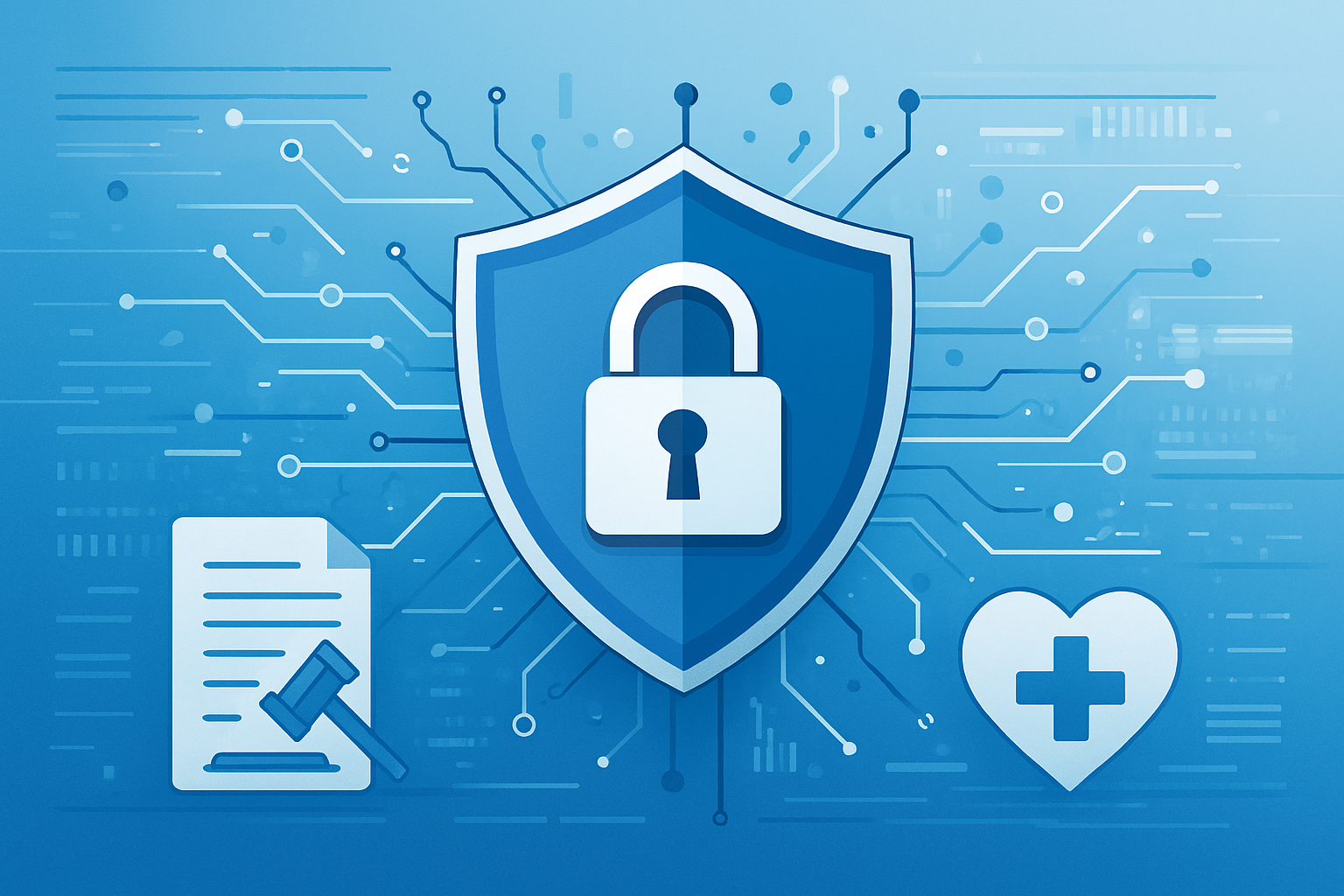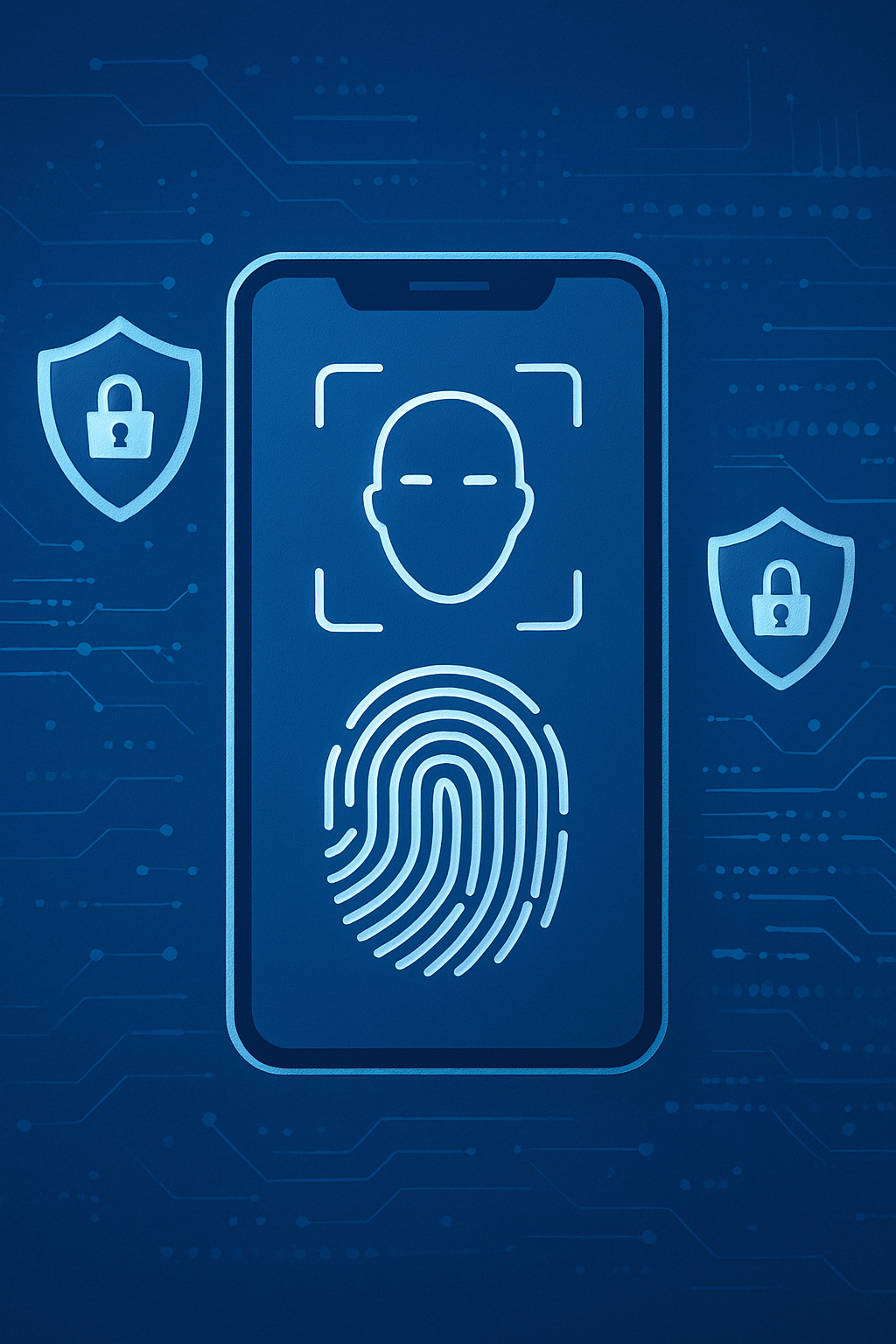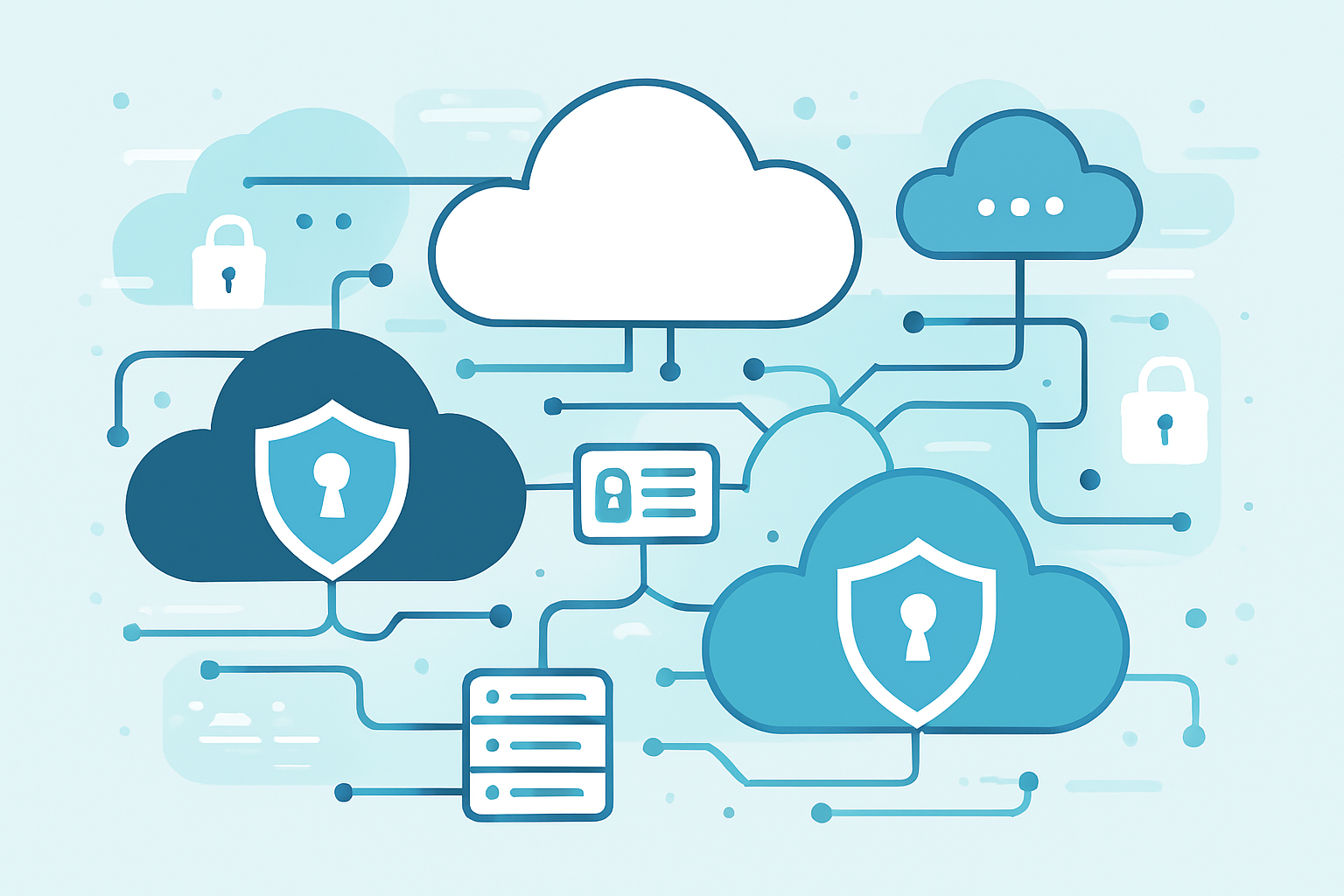The Connection Between Cybersecurity and Data Privacy Laws
Table of contents
In today’s digital landscape, understanding cybersecurity and data privacy laws has become essential for organizations handling sensitive information. As cyber threats continue to evolve, regulatory frameworks have emerged to establish minimum security standards and protect individual privacy rights. This relationship between technical security measures and legal compliance requirements creates a comprehensive approach to data protection that organizations cannot afford to ignore.
Understanding Cybersecurity and Data Privacy Laws Integration
Cybersecurity and data privacy laws work together as two sides of the same protective coin. While cybersecurity focuses on implementing technical safeguards to prevent unauthorized access, data privacy laws establish the legal framework governing how organizations collect, store, and process personal information. These regulations mandate specific security measures, creating a binding connection between technological implementation and legal obligation.
The Health Insurance Portability and Accountability Act of 1996 (learn more about HIPAA compliance requirements) serves as a prime example of this intersection. HIPAA requires covered entities and business associates to implement administrative, physical, and technical safeguards to protect electronic protected health information. This federal law demonstrates how privacy legislation directly mandates cybersecurity practices, making compliance inseparable from security implementation.
Organizations must recognize that cybersecurity is no longer merely an IT concern but a legal imperative. Understanding the difference between data privacy and data security helps organizations identify their compliance obligations. Data privacy laws across jurisdictions require reasonable security measures appropriate to the sensitivity of the information being protected.
HIPAA Security Rule and Cybersecurity Requirements
The HIPAA Security Rule establishes national standards for protecting electronic protected health information. These requirements exemplify how cybersecurity and data privacy laws mandate specific technical implementations. Covered entities must conduct regular security risk analyses to identify vulnerabilities in their systems and implement appropriate security measures to mitigate identified risks.
Administrative safeguards under HIPAA require organizations to designate a security official, implement workforce training programs, and establish incident response procedures. These requirements ensure that cybersecurity becomes embedded in organizational culture rather than existing as a standalone technical function. Physical safeguards address facility access controls and workstation security, while technical safeguards mandate access controls, audit controls, integrity controls, and transmission security.
Administrative Safeguards for Data Privacy Compliance
Administrative safeguards represent the policies and procedures organizations implement to manage security measures. This includes security management processes, assigned security responsibilities, workforce security protocols, information access management, security awareness training, and incident response planning. Healthcare organizations should implement comprehensive employee cybersecurity training to ensure staff understand their role in maintaining compliance.
The flexibility built into HIPAA regulations allows organizations to scale their security measures based on size, complexity, and risk profile. However, this flexibility does not diminish the requirement for reasonable and appropriate safeguards. Healthcare organizations must document their security implementations and regularly review their effectiveness to maintain ongoing compliance.
Key Compliance Requirements Across Regulations
Beyond HIPAA, multiple data privacy laws incorporate cybersecurity requirements that organizations must navigate. The General Data Protection Regulation (GDPR), while European in origin, affects any organization processing data of EU residents. GDPR requires organizations to implement appropriate technical and organizational measures through understanding data governance principles.
State-level privacy laws in the United States have introduced additional compliance obligations. California’s Consumer Privacy Act and subsequent regulations establish security requirements for organizations handling California resident data. These state laws often create overlapping obligations with federal regulations, requiring organizations to develop comprehensive compliance programs addressing multiple regulatory frameworks simultaneously.
The common thread across cybersecurity and data privacy laws is the emphasis on proactive risk management. Regulations consistently require organizations to assess risks through effective cyber risk management, implement controls proportionate to those risks, and maintain documentation of their security posture. This risk-based approach allows organizations to prioritize investments in security measures that address their most significant vulnerabilities.
Building a Compliant Cybersecurity Program
Developing a cybersecurity program that satisfies data privacy law requirements begins with comprehensive risk assessment. Organizations must identify what sensitive data they possess, where it resides, how it flows through their systems, and who has access to it. This data mapping exercise provides the foundation for implementing appropriate security controls and effective data management strategies.
Access management represents a critical component of compliant cybersecurity programs. Implementing the principle of least privilege ensures individuals can access only the information necessary for their job functions. Multi-factor authentication, strong password hygiene practices, and regular access reviews help prevent unauthorized access while demonstrating compliance with regulatory requirements.
Encryption serves as both a security best practice and a compliance requirement under various data privacy laws. Encrypting data at rest and in transit protects information even if other security controls fail. Many regulations, including HIPAA, consider encryption a key technical safeguard, and its implementation can provide safe harbor provisions in the event of a breach.
Network Security and Monitoring
Regular security monitoring through network monitoring and testing and incident response planning complete the compliance picture. Organizations must implement systems to detect potential security incidents promptly and establish procedures for responding to breaches. Data privacy laws typically mandate breach notification requirements, making incident response capabilities both a security necessity and a legal obligation.
Organizations should also invest in managed IT services to ensure continuous monitoring and rapid response to security threats. Professional IT support can help maintain compliance while allowing internal teams to focus on core business operations.
The Future of Cybersecurity and Privacy Regulation
The relationship between cybersecurity and data privacy laws continues to evolve as technology advances and threats become more sophisticated. Emerging regulations increasingly recognize that privacy cannot exist without security, leading to more prescriptive security requirements in privacy legislation. Organizations should anticipate continued regulatory convergence, with privacy laws incorporating detailed cybersecurity mandates.
Artificial intelligence and machine learning technologies present new challenges for both cybersecurity and privacy compliance. Understanding how AI is changing cybersecurity helps organizations prepare for these evolving requirements. Regulations are beginning to address algorithmic transparency, automated decision-making, and the security implications of AI systems.
Healthcare organizations implementing AI-driven tools must consider how these technologies interact with existing HIPAA requirements and emerging state privacy laws. Third-party risk management becomes increasingly important as organizations integrate more technology vendors into their operations.
Protecting Against Modern Threats
Organizations must also stay vigilant against evolving cyber threats. Ransomware protection strategies and understanding types of attacks help organizations prepare comprehensive defense strategies. International data transfers add complexity to compliance efforts, particularly as different jurisdictions maintain varying standards for adequate protection.
Conclusion
The connection between cybersecurity and data privacy laws creates a comprehensive framework for protecting sensitive information. Organizations, particularly those in healthcare handling protected health information, must recognize that security implementation and legal compliance are inseparable objectives. By building robust cybersecurity programs that address regulatory requirements through professional IT support services, organizations protect both individual privacy rights and their own operational integrity.
As regulations continue to evolve, maintaining awareness of cybersecurity and data privacy laws ensures organizations can adapt their security postures to meet emerging challenges while remaining compliant with legal obligations. Working with experienced IT compliance specialists helps organizations navigate this complex landscape and build resilient security frameworks for the future.




Comments are closed